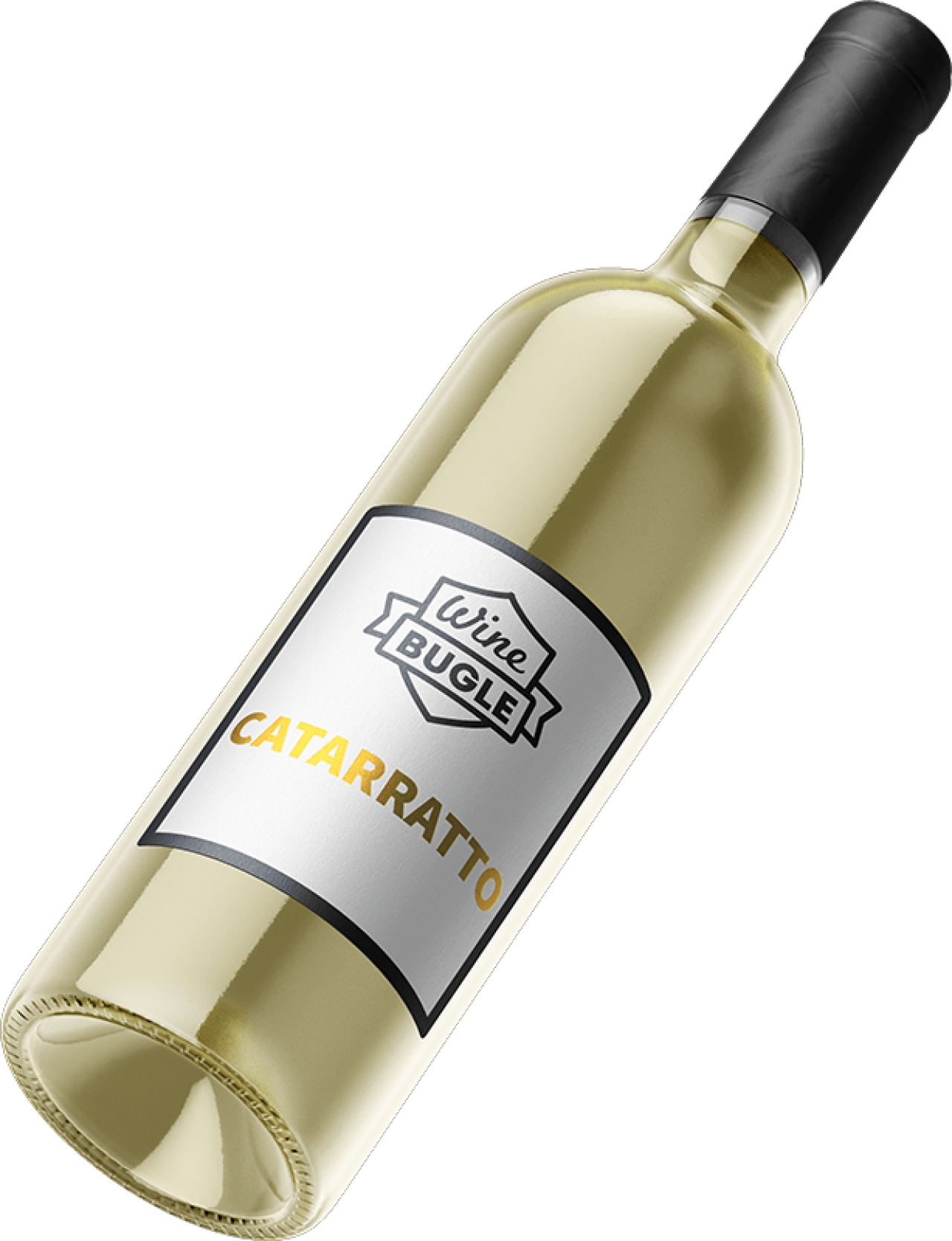Origins of Catarratto
Catarratto is an indigenous white grape of the Sicilian island. It is used both alone and in blends for the production of dry and fortified white wines, such as Marsala.
Although not having identified a certain date, scholars agree in affirming that Catarratto is a vine of ancient origins, the oldest, among those with white grapes, of Sicily. It probably established itself on the island around the seventh century BC, also thanks to the colonization of the island by the Phoenicians.
But the first written records, on the other hand, date back to the 16th-17th century.
The origin of the name seemed somewhat interesting.
"Catarratto" seems to be a word of the ancient Sicilian dialect used with the meaning of "abundance" or "wealth".
This derives from two of the distinctive features of Catarratto, namely the high yields of the vine and the great aromatic richness of its wines.
Where it is grown
Catarratto is grown throughout Sicily, but the provinces of Trapani, Palermo, and Agrigento, along the west coast of the island, are the areas of greatest diffusion. In any case, its grapes are vinified alone or blended with those of other vines and included in many DOC of the island.
Its ideal terroir is that of medium hills, well ventilated, with calcareous and clayey soils, mild temperatures, and good thermal excursions that favor the development and ripening of the grapes.
The ampelographic studies carried out in the last two centuries have led to the discovery of different phenotypes within the great "Catarratto" family. Some have identified 4 and others 8, but certainly, those officially recognized are the Catarratto Comune and the Catarratto Lucido.
They have almost identical genetic characteristics and differ mainly in the shape of the cluster. The wines obtained from the Comune have greater aromatic complexity, while those made with Lucido have a greater savory note. In any case, the two varieties can be used jointly or under the generic name of Catarratto.
Flavor and Style
Catarratto is a very expressive and aromatic grape. It is characterized by aromas of tropical fruit, peat and cereals, honey, almonds and candied fruit, flowers, and a light spicy note.
In the mouth, it is fresh and velvety, with some savory notes and a slightly bitter persistence. But it is not a light wine; it is full of ripe fruit flavors, and it has an impressive body.
Unfortunately, finding the right balance between polyphenolic maturation, contact with the skins, and freshness is not easy and overproduction can generate bland and distorted wines. Nonetheless, thanks to a good clone selection and attentive production, many small producers have managed to produce small masterpieces: white wines of great depth, endowed with flavor and elegance.
Catarratto food pairings
The dry Catarratto goes well with traditional Sicilian dishes such as sardines a beccafico, or with first courses based on crustaceans and mollusks such as mussel soup. But the richness of this wine makes it the perfect partner also with pork or veal. The ideal serving temperature is 10-12 ° C.
